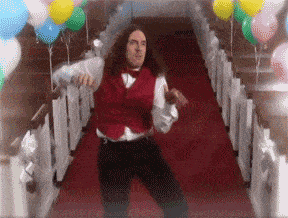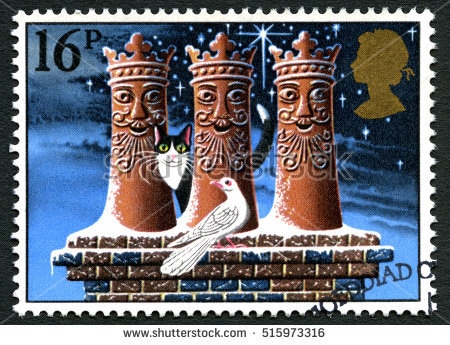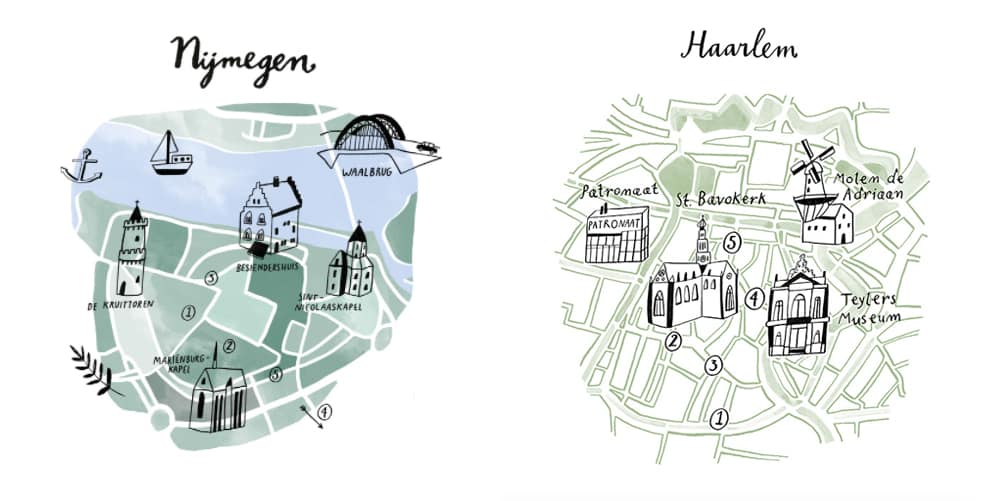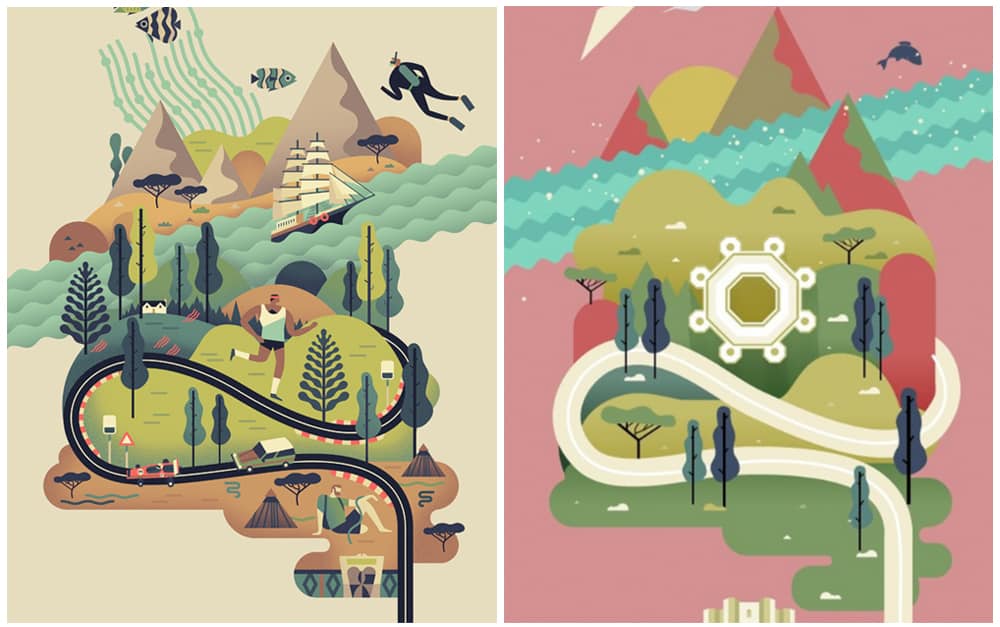A Guide To Copyright Infringement
If your work is good, people will copy it, and if you are successful, people will try to emulate you.
8 min read
BusinessThere are two main copyright infringement issues that artists will encounter:
- Someone has stolen your work and is using it, even passing it off as their own.
- Someone is emulating your style, colour palettes, even composition.
Most successful artists will come across copies of their work online at some point that they haven’t authorised. If you put your work online, it’s very easy to steal. If you don’t, you can’t promote yourself effectively.
What to do if someone is using your work without your permission
You are likely to be very angry when you find someone plagiarising your work. It is stealing, after all, but not everybody is familiar with copyright law.
They may not realise they have done anything wrong. Some people think that any images they find online are fair game. This isn’t true, of course, but if you don’t know, you don’t know. Take a step back and don’t respond in anger. Draft an email to explain the issue in a calm and professional direct manner.
- Explain that you are the copyright holder of the illustration, that you created it and that you haven’t given permission for the illustration to be used.
- Attach the work in question.
- Depending on the situation, ask that the work be removed or credited to you properly. That’s up to you. If there is a benefit to having your work on a certain website, then if you are credited properly, that would be a good thing, but if it’s a low quality website and you don’t want your work associated with it, it’s probably best to ask for it to be removed.
- If the work is being used commercially by a brand, then you are well within your rights to ask for compensation for the use of your work.
- Don’t issue threats, but you could imply that if they do not remove the work by a certain date that you will ‘take further action’.
A lot of the time, this will be enough. The work will be removed but you may not get a response as the culprit will be too embarrassed/ ashamed to speak to you. As long as your requests are answered, that’s a win.
Sometimes you will get a fair and honest response honouring your wishes:
Thank you very much for your letter.
We have changed our logo after the similarities of our logo and [Artist’s] work were brought to our attention. Please see new version here: [Link]
This is the version we have been using since 10/24 after we realized this issue. Thanks for bringing this to our attention and we apologize for the inconvenience we may have caused you.
Please do not hesitate to contact us should you have any other questions.
In this example the use of the artworks were paid for after the fact:
It has been brought to our attention that the illustrations on your website are being used without consent from the copyright holder.
The icons have been pulled from this animation created in 2014: [Link]
I’m not sure if you are aware of the fact, but we would be very interested to know where the illustrations were sourced.
Apart from the creator of the images, you are risking issues from the Advertising agency that worked on the project and also [The Client]. As of yet, they are unaware.
The use of the illustrations to date should be paid for, and they should be taken down from your website immediately, unless we can reach an agreement for their future use.
Please contact me at your earliest convenience.
We take full responsibility for this and apologize for the inadvertent copyright infringement. Quite frankly, the website was built with those illustrations at a very very early stage in our company and we didn’t know any better at the time. Let us know our options, and we’ll be happy to remove the images ASAP.
The company were only too happy to pay for the illustrations – it had been a genuine mistake.
The worst case scenario is that you receive no response, and no action is taken. It is up to you to decide if you take it further with legal action. For most freelance illustrators this is simply not worth the time and money it would take. If, for example, someone sends you a picture of a T-shirt with your illustration on it that they have seen in a market in China, you might as well forget it. The chances of finding the people responsible are minimal, and that’s not even accounting for the language barrier. A lawyer will advise you to take action, but is it really worth it?
There are online tools you can use to find websites that are displaying your images. Upload an image to Google image search and see which links pop up, or companies like Pixsy will trawl the internet, locate your images, validate whether the use is authorised or a copyright infringement and try to resolve it for you.
If you become obsessed with finding plagiarists, you will never get any work done. How far are you willing to take it?
Fair use
Copyright law allows what it calls ‘fair use’ or ‘fair dealing’ which are uses of copyrighted material that are not considered to be copyright infringements. For example:
- Research and study: allowed if there is no commercial purpose, if the source or copyright holder is credited. For example a quote or an image in an academic paper.
- News reporting: Journalists can quote from written works or speeches, but they can’t show artistic works like photos and illustrations without the permission of the copyright holder
- Educational use: You won’t get sued for sticking pictures of your favourite artists in your homework.
- Criticism or reviews: If a newspaper reviews a public gallery show, they can show artwork relating to the show if they credit the artists – the review is considered publicity for the work.
- Incidental inclusion: You might take a holiday photo of your family with a Coca Cola billboard in the background.
- Parody: This is a tricky one. A parody of an artistic work, often for comedic purposes, is allowed because it is a right to freedom of speech, however it must also respect the copyright holder’s rights. If it could potentially do harm to the copyright holder, that’s where you get into trouble. This is why Weird Al always asks permission before he parodies a song, because they are often making fun of the song or the artist.

Is your work on a stock library?
Recently I was contacted about an illustration from a stamp collector, simply to ask a question about the artist. I noticed the screenshot they had sent was from Shutterstock:

Illustrated stamp by Tony Meeuwissen
I know the artist is still very much alive and that he wouldn’t have uploaded it to Shutterstock. I also know that the copyright of images made for stamps belongs to the Royal Mail. I looked at Shutterstock and found 23 different versions of this illustration, all uploaded by different users hoping to make money from bad quality scans of stamps. Shutterstock does not have an adequate system for dealing with copyright infringement.

I contacted 3 stock library websites with the same question:
If I find an image I created in your stock library and I haven’t uploaded it, how can I get it removed?
All the responses were similar, advising me to set up an account and contact the uploader directly, or send the image codes to them to raise a case. It’s a big job, and doesn’t guarantee any results.
What to do if you are accused of copyright infringement
First off, don’t do it. Learn what does and doesn’t constitute copyright infringement: UK copyright law factsheet
If you find a piece of art, and illustration or a photo and use it without the creator’s permission, then you are infringing on someone else’s copyright.
If you trace a photo you find online to make an illustration, you are infringing on someone else’s copyright.
See: Shepard Fairey vs The Associated Press
If you are using someone else’s work, is your use ‘fair use’? Have you credited the artist properly?
If you have used someone else’s work without their permission, be prepared to remove it and respect the copyright holders wishes. Learn a lesson from it.
How to deal with copycats
When we start out as illustrators, we take inspiration from our favourite artists and we want to learn how they make their work, so we copy their styles to learn. The problem comes when you try to promote that work, and pass it off as your own. Ideally you will take inspiration from lots of different sources, and make something completely new. But if you copy one artist’s style, your work will undoubtedly resemble that artist’s work. If you do this, you are only proving to the world that you do not have original creative ideas.
Here are 3 different examples:

Left: Original by Bodil Jane – Right: An illustration by another artist inspired by the original style. Legally, it is unlikely that anything can be done about it, but if an artist gains a reputation as being a copycat, they won’t do themselves any favours.
 Left: Originals by James Gilleard – Right: Illustrations clearly derived from the originals, using similar design elements. The second artist is not demonstrating any original ideas.
Left: Originals by James Gilleard – Right: Illustrations clearly derived from the originals, using similar design elements. The second artist is not demonstrating any original ideas.

Left: Original by Owen Davey – Right: Illustration which has stolen design elements and composition. This is the strongest case, even though it looks the most different to the original of all 3 examples.
Again, a firm but professional email will often be enough to scare a copycat enough to take down the work and reconsider their process. Most plagiarisers think they won’t get caught, so unless you call them out on it, they will keep doing it.
We’ve heard from a few sources that your work is noticeably similar to [Artist]. Attached are a few examples of the very close connections that we are referring to.These images are the intellectual property of [Artist], and are protected by copyright laws in the event of un-permitted usage or adaptation.We wanted to bring this to your attention, and suggest you familiarise yourself with terms of copyright infringement going forward.As an agency, we always seek out people with unique styles, and our advice to you is to stay clear of emulating existing styles too closely. We encourage you to explore your own visual language and showcase your unique ideas and creative flair.
It was never my intention to copy the work of [Artist], who I get a lot of inspiration from, or to gain something from it.
I did this as a practice for myself, and never expected it to be seen on this scale and get this many likes. This was never the intention – it was pure a practice and development for myself. Didn’t want to make money with it or gain attention.
In the process of getting to know and develop my own style I look a lot to other illustrators. It is never my plan to gain money or fame with these products. My aim was to develop myself.
I will make sure something like this will not happen again. Thank you for letting me know. It is a very good lesson and I will make sure I familiarise myself with copyright.
I deleted the images you were talking about and hope there will be no further problems with it.
Unfortunately, your style cannot be copyrighted; artists are free to make their own works in a style similar to yours, but if they are imitating another artist, they are never going to enjoy the same success. They are just proving to the world that they don’t have what it takes to be original. Protect your copyright, but don’t let it take over your life. Concentrate on being original and making great work.
See more of Jacob Stead’s work here and follow him @jacobsteadillustration
Is it copyright infringement if I use online photos as source material (ie I’ve looked at different photos of a celebrity to capture their likeness and pose). I’ve created a new, unique image that’s different than a single photo, but may be similar in facial expression or stance.
If it’s a violation, is it of the photographer or of the celebrity?
Thanks for any info you can provide.
Hey Jose, From what you’ve described i think you’re doing the right thing. you’re not imitating one source image. The fact that you even consider it means you’ll be careful not to copy anyone else, so that’s good.
If you’re any good at portraits, then of course it will look similar to photos of the person, but as long as it’s not taken from a photo directly, it’s ok!
Thanks for the information in regard to copyright infringement. This was helpful. My project for class was to write a discussion in regards to copyright infringement